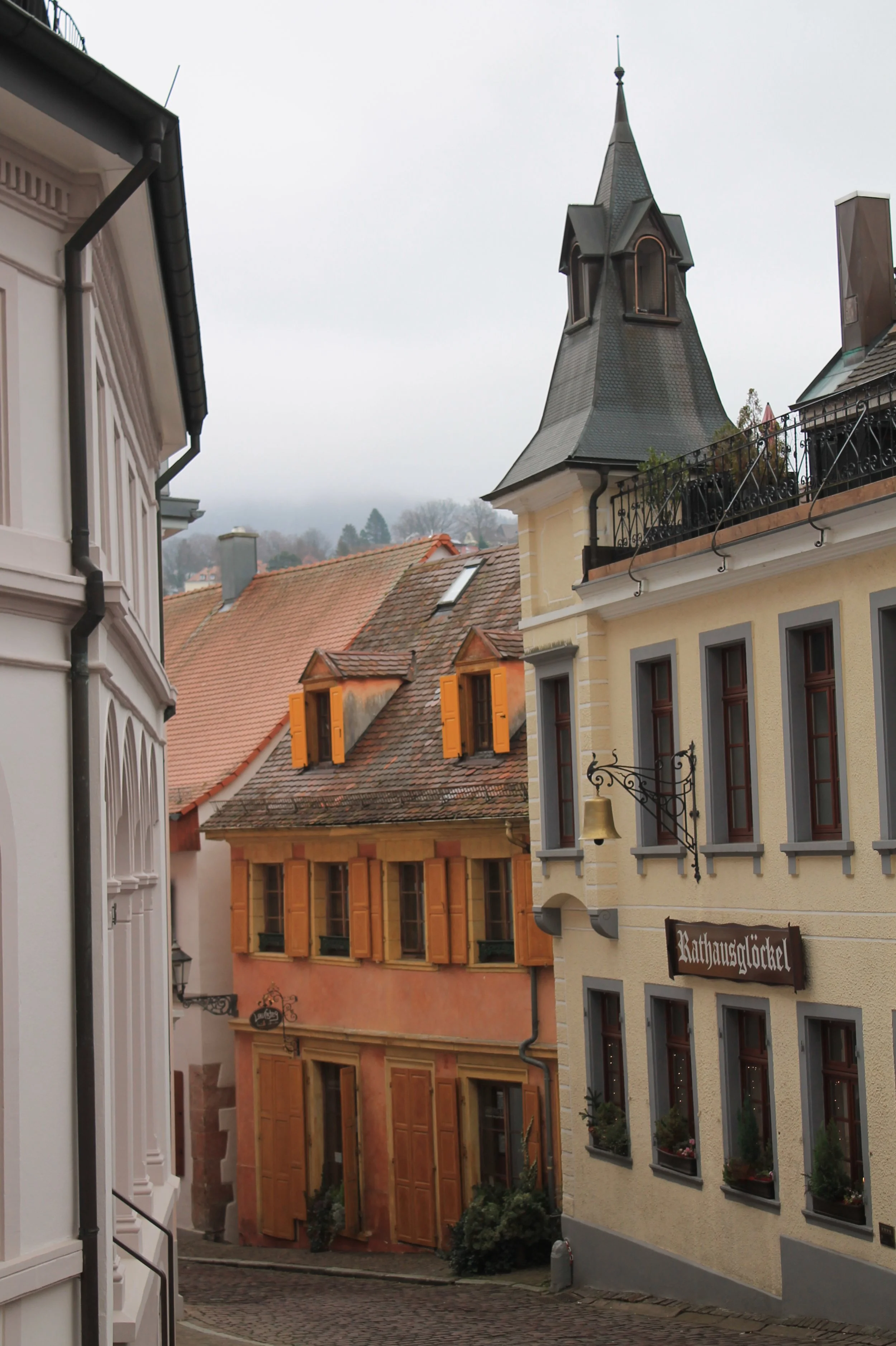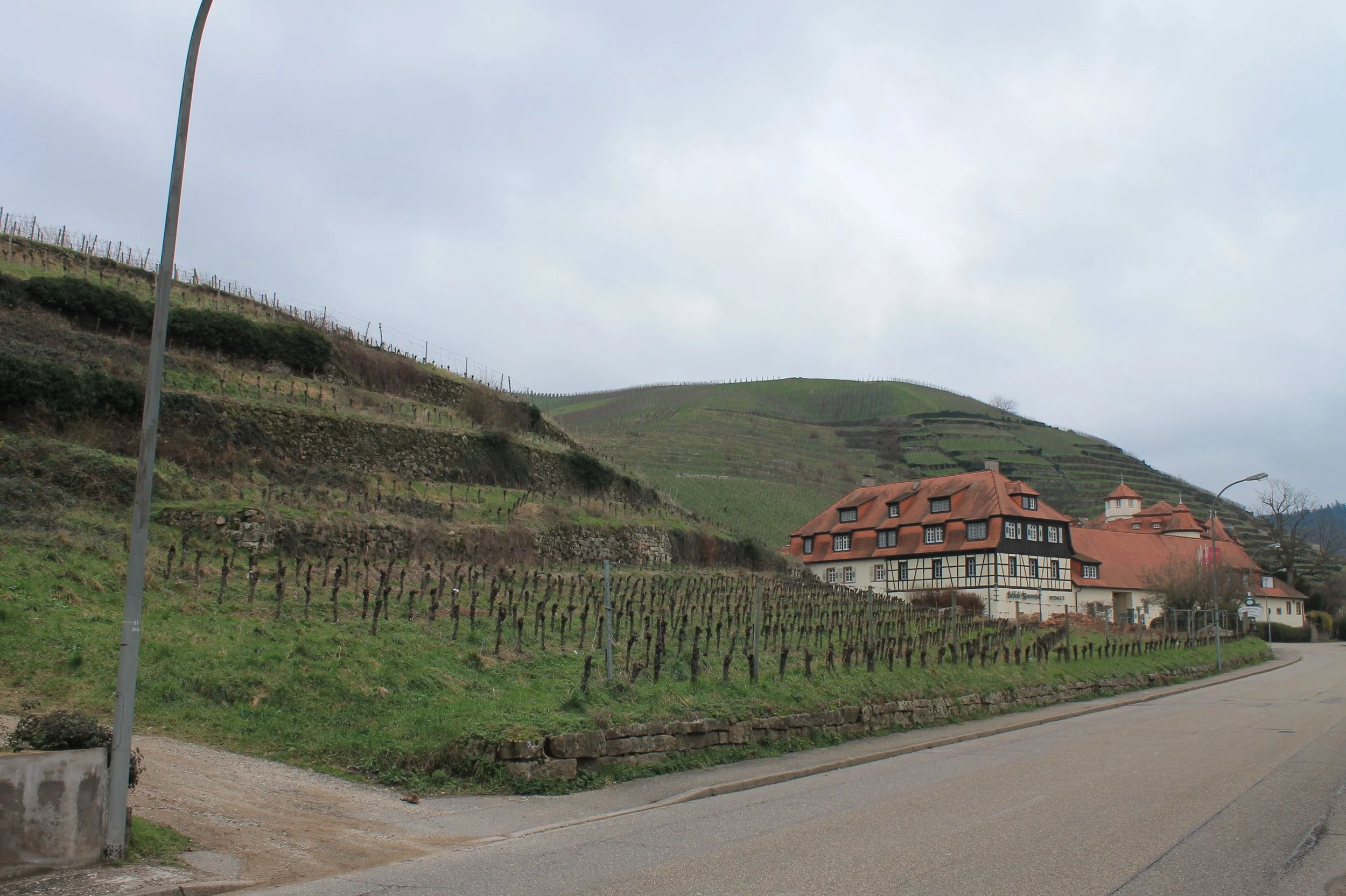Wine Cooperative: Baden-Baden
Renowned for its’ 19th century splendor and healing thermal springs, Baden-Baden is a monument to the finer things in life. The wine region, also called Baden, is the sunniest in Germany. With a steady flow of wine and sunshine, one can’t help but wax poetic about this place.
A few kilometers from the grandeur of the town, the landscape quickly transforms. The dense black forest gives way to towering hills, neatly dotted with rows of vines. I set my sights on learning more about the Baden-Baden wine cooperative. In this blog, I’ll explain how their wine cooperative works, what’s produced here, and my tasting notes.
The Wine Cooperatives
In 1922, fifty-eight winemakers of nearby Neueweier banded together in a commitment to quality. At the time, labor shortages and a lack of resources from the first world war imposed serious problems on the industry. By pooling together resources, the winemakers were able to survive the hard times ahead of them as well.
As I walked past the ornate oak barriques, I asked my guide about the logistics of their winery. With over eighty grape growers today, he emphasized the meticulous sorting of grapes by site, style, and quality. Some growers have many hectares, others tend to a small parcel outside of their house. My guide actually owns a hectare of vines himself!
After sorting the grapes, the cooperative’s designated winemaker produces the wine, carefully monitoring their development in the winery. The winemaker is familiar with every site, and takes this into consideration when blending. Almost every wine here sees oak, but in varying capacities. More aromatic varietals such as riesling develop further in steel tanks.
Terroir and Varietals
In addition to the classic German grapes such as riesling, spätburgunder, and weissburgunder, over the past ten years they have experimented with international varieties such as merlot. Baden is famous for its’ spätburgunder, but the white varietals also perform extremely well. Here in the subregion of Ortenau, soils are dominated by gravel, including a small amount of clay and loam. The nearby black forest shields the vineyards from cold winds. These factors improve ripening in this cold climate.
The Tasting
Riesling kabinet 2021
This riesling was a golden color with glints of green. On the nose I got ripe pear and peaches. The palate had a refreshing acidity with lemon, but not the mouth puckering kind. More like a tame lemon soda. Overall, this wine was simple and pleasant.
Chardonnay trocken 2020
The color on the chardonnay was golden but less concentrated than the riesling. Anjou pear with hints of vanilla on the nose. The palate was nice and round, with a firm structure held up by the medium acidity. Further notes of just-ripe peaches, and a light yet creamy texture. This bottle was my favorite, a well-balanced and round old-world style.
Rotling 2020
This one was enticing. I had tasted it before at a wine bar in Baden-Baden. The wine was of a copper hue. I was drawn in by a bouquet of lavender perfume and cherry lipstick. Raspberries with a medium sweetness on the palate. This “Rotling” is a blend of spätburgunder and weissburgunder (pinot blanc). Perfect for summer evenings on the terrace, or at a barbecue.
Spätburgunder trocken 2019
Medium ruby color. A classic bouquet of raspberries, a bit of oak. On the palate, fine tannins, cranberries, and further notes of oak. Off dry. Great to pair with charcuterie.
Closing Notes
It was great to learn more about how this cooperative works and the wines it produces. It’s always a pleasure to learn about a region by visiting a winery, talking to the producers, and immersing yourself in the culture. My tourguide didn’t speak much english so my German wine vocabulary came in handy! I look forward to sharing more of these experiences on the blog. Prost!



